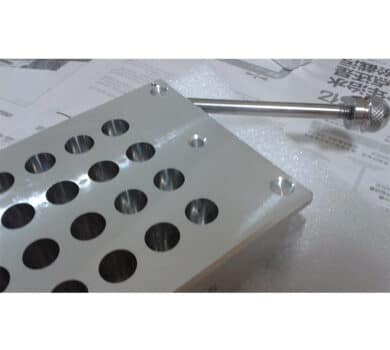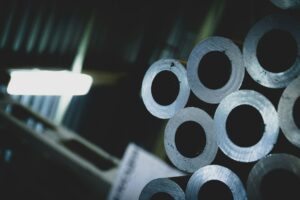Since 2013, the American aluminum industry has invested a huge amount of money to build automobile production lines and increase the output of high-end aluminum. From 2013 to 2017, the investment roughly amounted to $2.3 billion, adding 1,500 direct fixed jobs.
In 2017, the U.S. aluminum industry accounted for 1% of GDP and employed 161,000 people directly.
Between 2009 and 2016, demand for aluminum in the United States and Canada rose by 40 percent and continues to grow, especially in the automotive industry.
The above $2.3 billion renovation and expansion investment only refers to Alcoa’s statistics on the member companies, and the specific companies and projects’ investment are as follows:
In March 2017, Kobe Aluminum Automotive products invested $5.3 billion to expand capacity at Bowling Green (KY) forging co., ltd. in Bowling Green, KY., to increase production of Aluminum alloy forgings for vehicle suspension systems and meet the growing demand of the Automotive industry.
The factory has about 600 employees.
In December 2016, the aluminum company Tri · Arrows Alminum announced plans to spend $17.5 billion to revamp and expand its north American rolling system to meet growing demand from the auto industry for high-precision strip strips.
In September 2016, kenlian aluminum and three arrows aluminum will build a new project in bowling green, investing $15 billion and adding 80 full-time jobs.
Sanjian aluminum is a subsidiary of united aluminum corporation of Japan (UACJ).
In August 2016, Kobelco Aluminnum Products & Extrusions inc. broke ground on its $4.7 billion extruded Extrusions program, which will start production in 2019 and take on 110 employees.
In November 2015, Kobe Aluminnum Automotive products (KAAP) started production of its NA in North America, creating more than 100 jobs.
The project will cost $5.7 billion.
In November 2015, Constellium and Seefried properties announced plans to build a $3.2 billion auto-production plant in Bartow County. Georgia, which will open in 2019 and employ about 150 skilled workers.
Three Arrows Aluminnum and Logan Aluminum said in October 2015 that they were investing $24 billion in a major expansion of their Logan rolling plant in Russellville, KY., to significantly increase ABS production and recruit nearly 200 workers.
Alcoa (now Arconic) completed a $30 billion renovation of its Davenport, Iowa, rolling mill between January 2014 and the fall of 2015, hiring 150 new full-time workers.
In November 2014, Alcoa added $19 billion to its extensive expansion of the davenport mill’s aerospace strip production system.
In the fall of 2015, Alcoa completed a $30 billion renovation of its Alcoa mill in Tennessee, adding about 200 full-time workers.
In March 2015, kenlian aluminum said it was investing $40 million to expand its Van Buren automotive structure plant in Michigan.
In September 2014, Aleris decided to invest $40 billion in an unprecedented upgrade of its lewisport, ky., rolling mill, adding about 200 workers.
In the winter of 2013, novelis aluminum announced that it would invest $32 billion to expand its Oswego mill in New York state, adding 200 permanent workers.
In the period up to 2025, the automobile lightweight process in the United States is in a high-speed continuous rising period, and the consumption of ABS will be greatly increased. Through the above renovation and expansion, the production capacity of ABS in the United States may increase by 400kt/a — 700kt/a, and the production capacity of other products can also increase by 50kt/a, which can meet the demand of the American automobile industry for aluminum.







